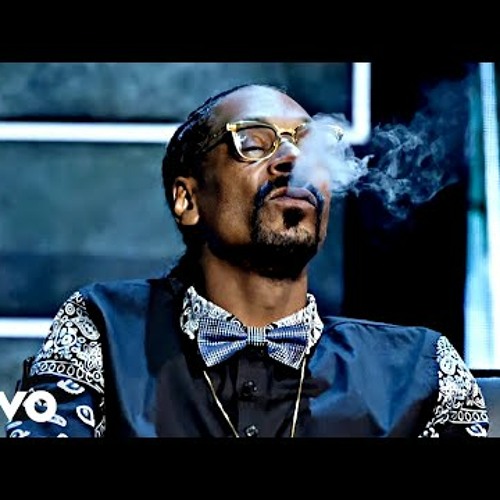

This distinctive pattern is an interpolation of Kool & The Gang’s “Summer Madness,” a 1974 instrumental track that’s since become a favourite amongst hip hop producers. In celebration of Doggystyle’s enduring influence – it’s now somewhere near 200 years old in dog years, given that Snoop’s a Doberman Pinscher – we’re breaking down the samples on the albums’ three MTV-dominating singles.īreaking Down Doggystyle: The Samples “ Who Am I? (What’s My Name?)“Īt 1:55 on “Doggy Dogg World,” there’s a four-note synthesizer scale that lifts from subdued to almost ear-piercing.
#WARREN G NATE DOGG NO SNOOP EAZY E EAZY DOES IT FULL#
If you’ve been around for a while, you’d know that we usually break down the full LP, however between the samples and what we had to say about them, Doggystyle was just too long. It continued to pioneer G-Funk as a subgenre, further enshrining its most recognisable tenets – P-Funk interpolations, world-building self-samples and Snoop’s own distinctive drawl – and setting the stage for the ascension of the G Funk Era. In many ways, Doggystyle made good on the promise of The Chronic, outselling the already quadruple-platinum effort and enshrining Death Row as a new West Coast powerhouse. Snoop walked away from the ‘93 VMAs with little more than a Best Rap Video statuette, a fact that seems surreal a quarter-of-a-decade on. The shooting happened in August, but Snoop managed to lie low long enough to make it to the 1993 VMAs, where he presented Best R&B Video alongside Dr. If all publicity is good publicity, then Snoop had an inside edge: the emcee was arrested in September ‘93 – three months prior to Doggystyle – and charged with second-degree murder alongside his bodyguard. That’s not to malign the gangsterism of Doggystyle, an issue which came to dominate the greater cultural dialogue surrounding the record. It’s no coincidence that Snoop’s most famous refrain perfectly reflects his place in popular culture: Calvin Broadus’ veil of ice cold indifference informed his musical contention, one preoccupied with the slower side of the West Coast experience. assembled at their own Death Row Records would staff the subgenre: of these signees, Snoop Dogg was undeniably the most marketable.Ī lanky pot-smoker sporting a delivery that would soon become one of hip hop’s most distinctive, Snoop was the personification of laid-back Californian attitude. The advent of G-Funk remains a watershed moment in the history of hip hop, offering an alternative to the dusty boom-bap sounds of New York. The explosive sonic collage of “Straight Outta Compton,” the debut single from rebellious group N.W.A, thrust the then-maligned region into the mainstream whilst simultaneously crowning the young funk-fond producer a national tastemaker.ĭre’s break from N.W.A in 1991 gave him the opportunity to exercise newfound creative freedom, a privilege he would use to hone a definitive West Coast sound and propel the scene to further success. In reality, it’s hardly that simple, but it’s undeniable that California’s hip hop scene – long gestating with guidance from Too $hort and Ice-T – came to prominence alongside the Compton-born rapper-producer.

The story of Andre Young is the story of the West Coast. In celebration of a quarter-century of G Funk, we’re breaking down all the samples – both Dre-flipped and Snoop-interpolated – on the records three era-defining singles! It was Doggystyle, his Death Row debut, that catapulted him to the forefront of mid-’90s hip hop. As the sun rotates and his game grows bigger, it’s now become easy to forget just how Snoop Dogg became a pop culture legend.


 0 kommentar(er)
0 kommentar(er)
